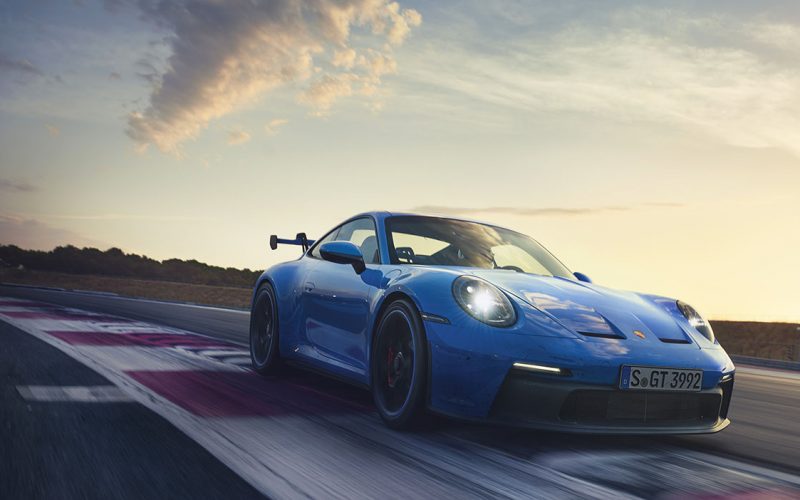
Reading Time: 7 minutesIf anyone was expecting the new 2022 GT3 to somehow fly under the radar, think again.
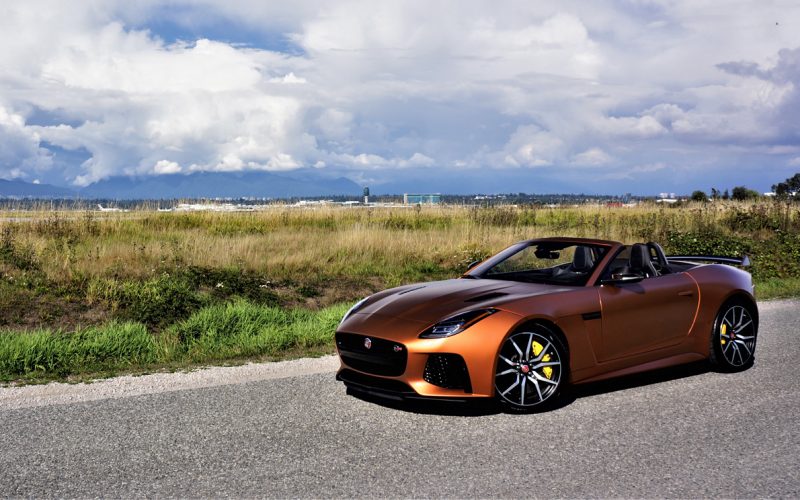
Reading Time: 7 minutesWhen choosing a sports car, plenty of variables come into play. Is it all about styling
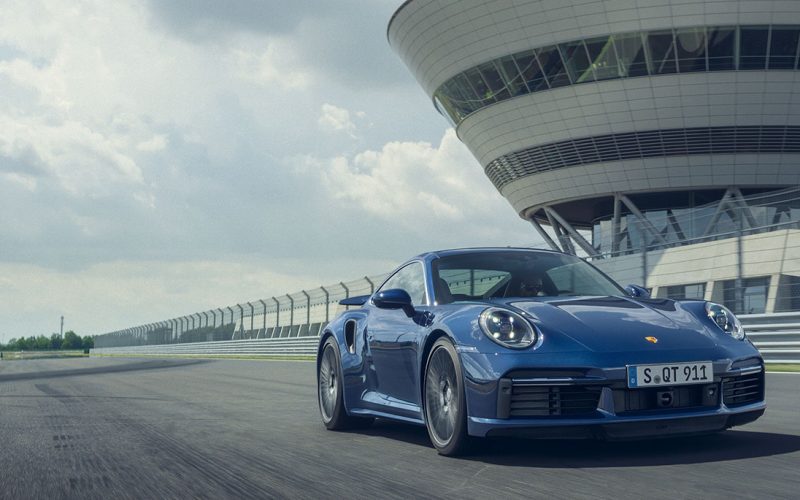
Reading Time: 4 minutesPorsche wowed performance car fans with its shockingly quick 2021 911 Turbo S back in April,
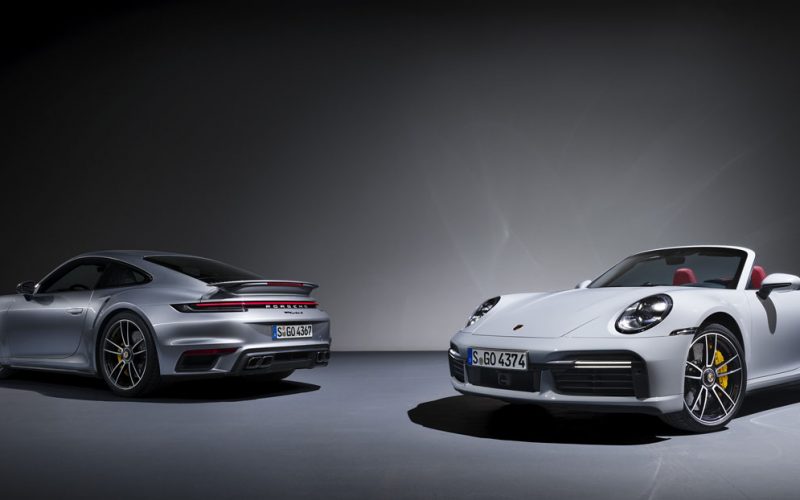
Reading Time: 4 minutesThe Geneva Motor Show may have been cancelled due to the outbreak of COVID-19 (the novel
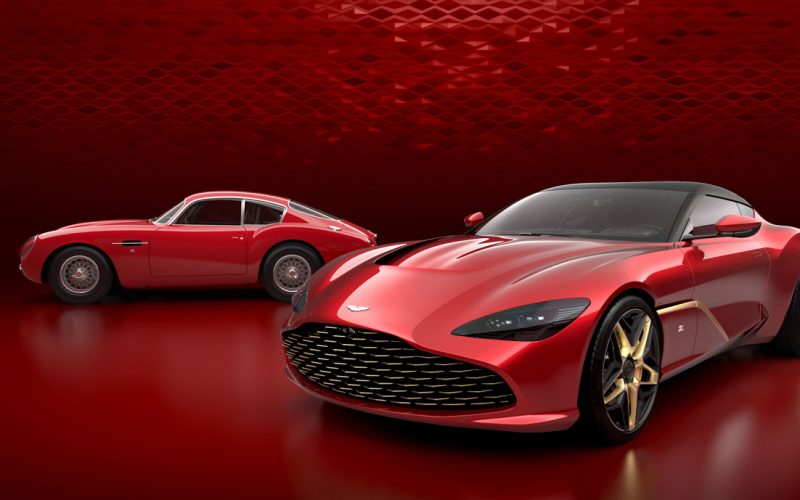
Reading Time: 5 minutesTwo cars in one, or at least that’s the arrangement you’ll need to accept if you
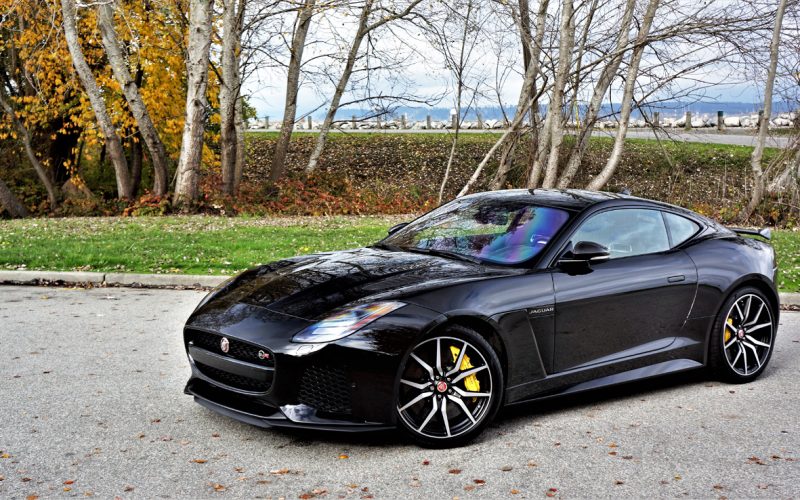
Reading Time: 8 minutesI’m not going to lie to you. As curious as I am to spend a given
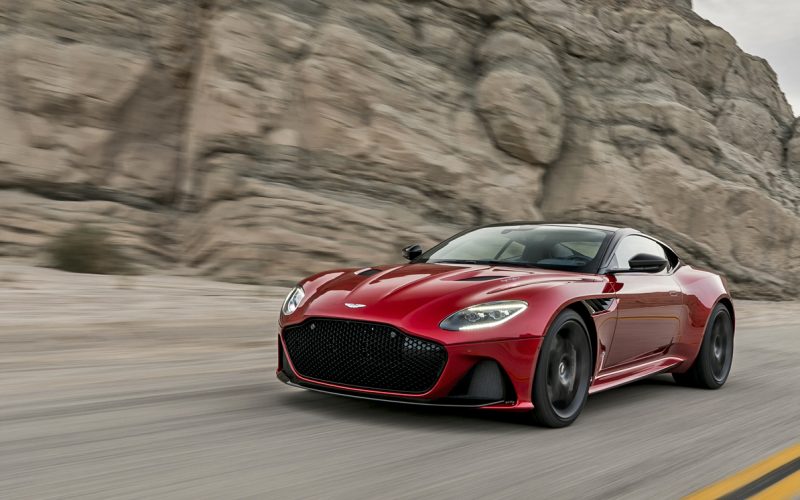
Reading Time: 7 minutesAston Martin has been ultra active so far this year. Some time ago they promised to
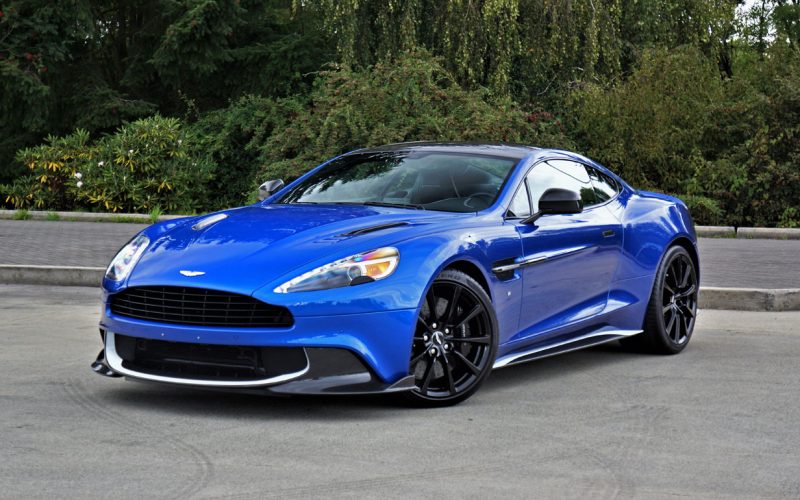
Reading Time: 9 minutesIs there a more beautiful grand touring car on the planet? Certainly the all-new DB11 will
© 2025 The Car Magazine. All Rights Reserved, Privacy Policy | Terms of Use